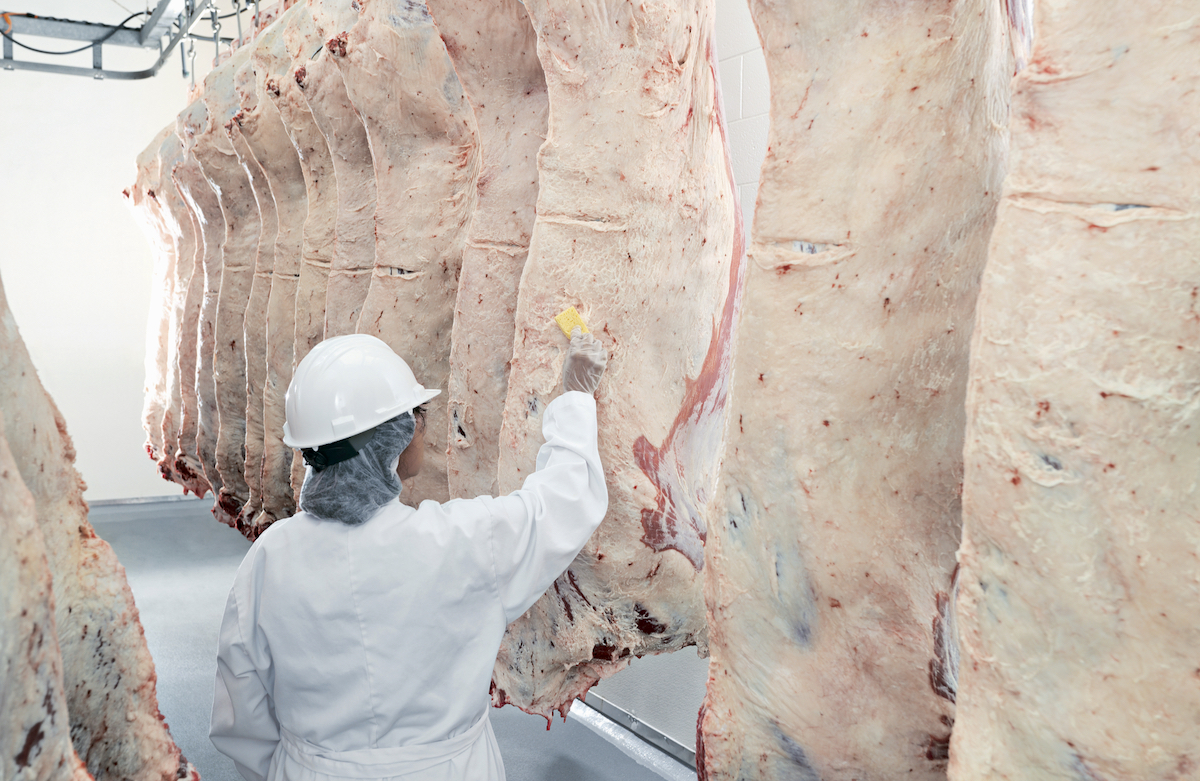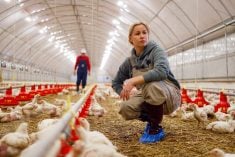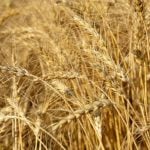Chicago | Reuters — U.S. soybean futures neared a four-month high on Monday, supported by fears that wintry weather over the weekend threatened Midwest production at a time of tightening U.S. soy supplies, analysts said.
Wheat futures firmed on short-covering and worries about frosty temperatures in the U.S. Plains wheat belt, while corn ended steady, consolidating after a two-month high.
Chicago Board of Trade November soybeans settled up 4-1/2 cents at $9.40-1/2 per bushel after reaching $9.45-1/2, the contract’s highest level since June 18 (all figures US$).
Read Also

U.S. livestock: Cattle, hogs end week on high note
Cattle contracts and nearby hog futures ended the week on a high note after a week rife with losses. Most-traded…
CBOT December wheat ended up 3 cents at $5.11 a bushel while December corn finished unchanged at $3.97-3/4 a bushel, after climbing to $4.02-1/2, the highest since Aug. 12.
Soybeans firmed after a hard freeze over the weekend stretched farther into the Midwest than expected, halting the growing season for crops in some areas.
“Recent weekend weather would suggest we’ve lost more beans,” said Tom Fritz, analyst with EFG Group in Chicago. “The soybean market has the most to lose, as far as crop size.”
The U.S. Department of Agriculture in a monthly report last week cut its forecasts of U.S. 2019/20 soybean production and ending stocks more than most analysts expected. The government projected that stocks would fall to 460 million bushels by end-August 2020, from 913 million bushels a year earlier.
At the same time, USDA raised its U.S. corn yield estimate, bucking trade expectations for a reduction.
USDA was closed on Monday in observance of the Columbus Day holiday, and its weekly export inspections and crop progress reports were delayed until Tuesday.
Meanwhile, traders took a cautious view on last week’s progress in U.S.-China trade talks.
CBOT grains initially extended Friday’s rally after a “phase one” trade agreement outlined by U.S. President Donald Trump, along with the suspension of another tariff hike, held out the prospect of increased Chinese imports of U.S. agricultural goods.
However, analysts noted the absence of a written agreement, along with previous setbacks in negotiations to settle the 15-month trade dispute between the world’s biggest economies.
“A lot of people are going to wait for more details on this partial trade pact that is not expected to get signed until next month anyway,” said Terry Reilly, senior analyst with Futures International in Chicago.
He noted that China’s struggles with African swine fever in its massive hog herd was curbing the country’s demand for soy, a key livestock feed source.
“It’s really all up in the air, and it depends on China rebounding from a disaster with the pig crop,” Reilly said.
— Reporting for Reuters by Julie Ingwersen in Chicago; additional reporting by Gus Trompiz in Paris and Naveen Thukral in Singapore.
















